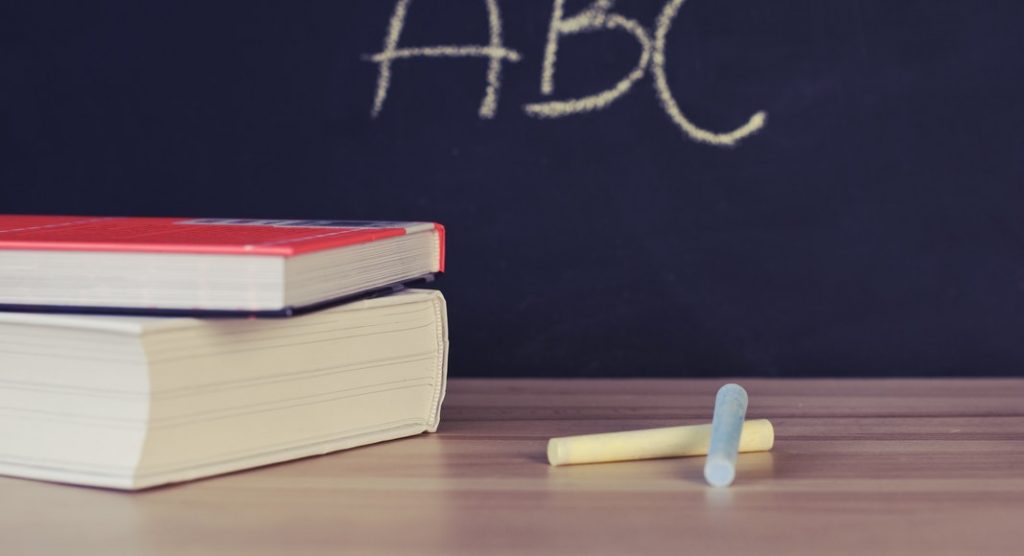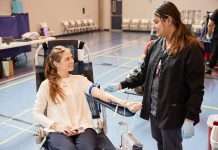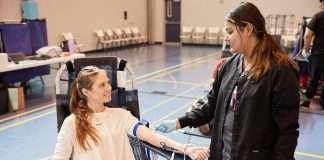 Believe it or not, remote learning is not new. Schools have had to institute remote learning during recovery periods for natural disasters such as hurricanes, tornadoes and wildfires and also during other traumatic events that affect an entire school (think school shooting, threats to the school, 9-11). But because of the recent pandemic, remote learning is something we are all familiar with, whether we like it or not.
Believe it or not, remote learning is not new. Schools have had to institute remote learning during recovery periods for natural disasters such as hurricanes, tornadoes and wildfires and also during other traumatic events that affect an entire school (think school shooting, threats to the school, 9-11). But because of the recent pandemic, remote learning is something we are all familiar with, whether we like it or not.
Ideally, a school is always prepared for a remote learning situation and can “turn it on or off.” But it takes a combination of funding, technology, and student and staff support in order to make it work. Something schools all over the country are now painfully aware of.
According to “The Just in Time Playbook for Remote Learning” by Dr. Kecia Ray, remote learning thrives on structure; specifically structure surrounding time, communication, technology and lesson design. These specific considerations are true for teachers as well as students.
I think we will all be dissecting what worked and didn’t work during the pandemic as far as education is concerned for years to come. There were some things that worked during remote learning (e.g. re-stablishing priorities) and there are some educational practices that should be left in pre-pandemic times (e.g. standardized testing). Either way, I think you will find more educators using tools like asynchronous learning, flipped classrooms, and new technologies even when students are back on campus. Those practices will allow schools to “turn on” remote learning more easily should they need it.

















